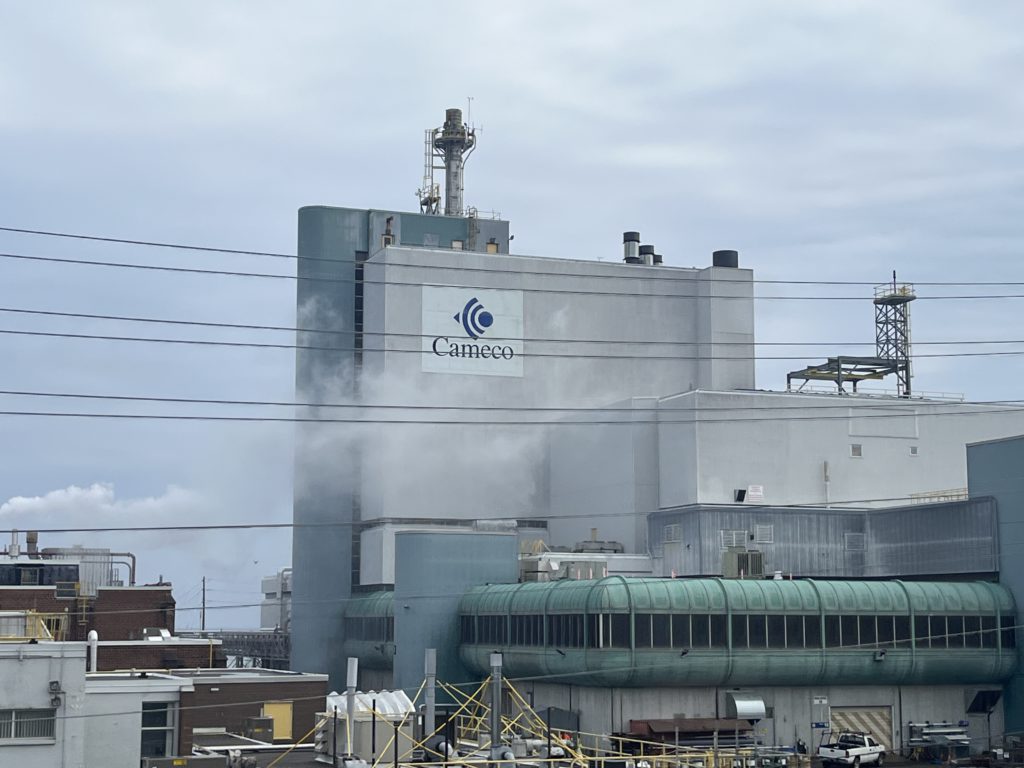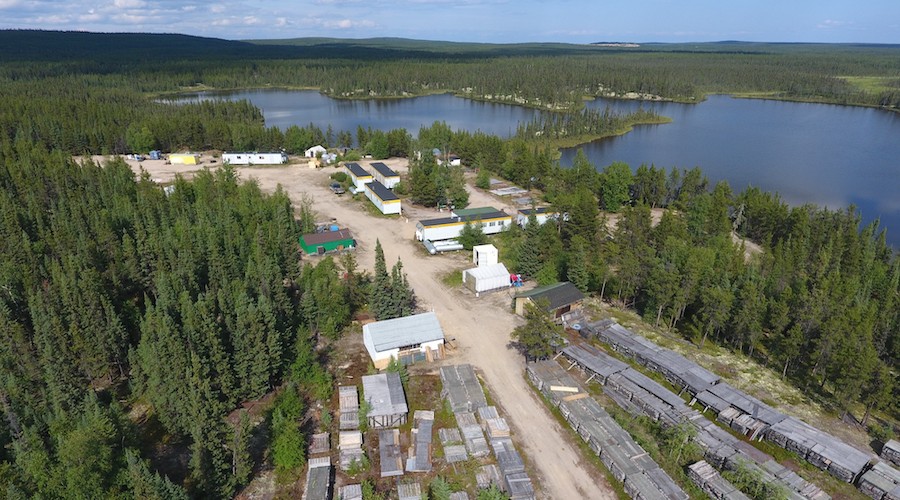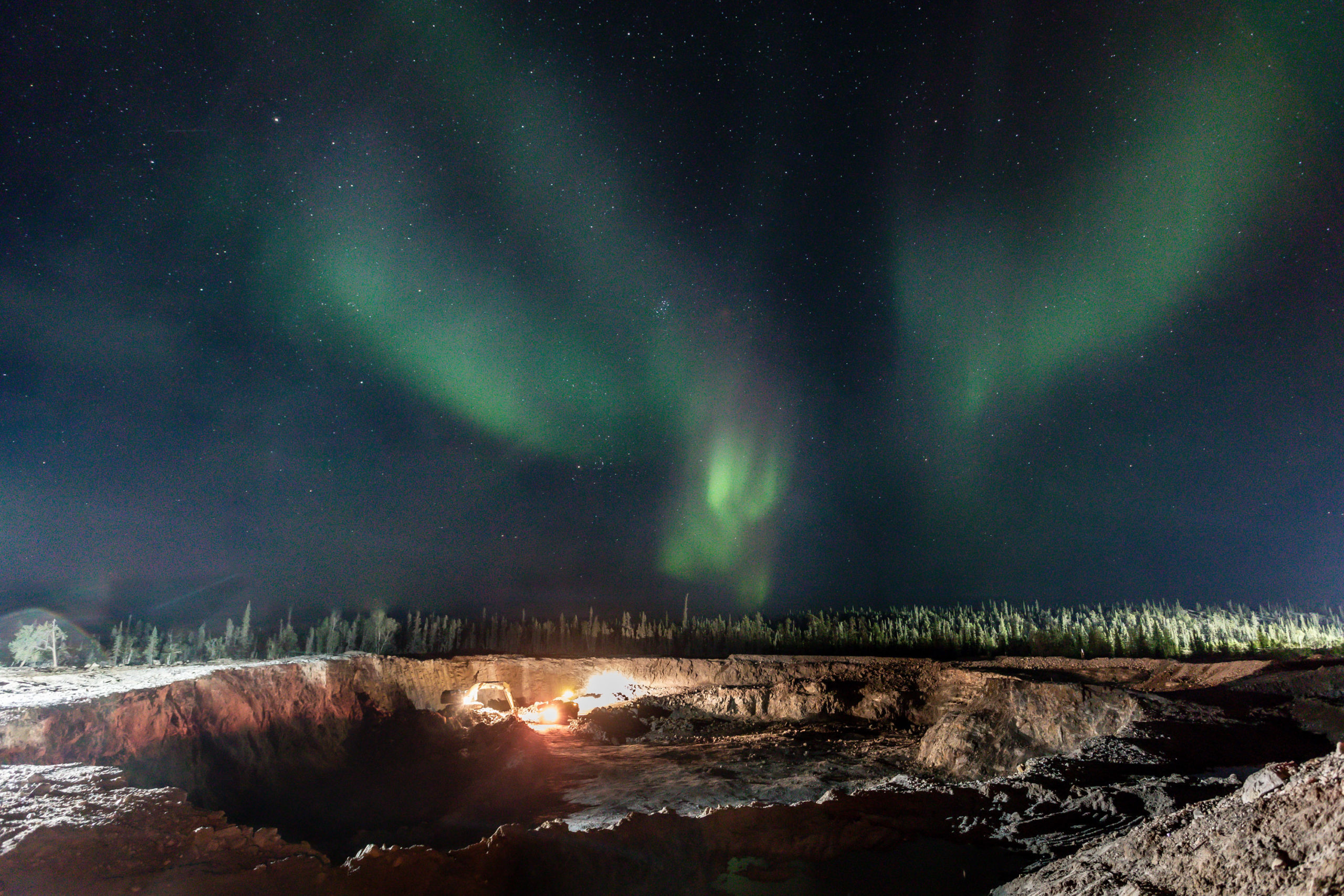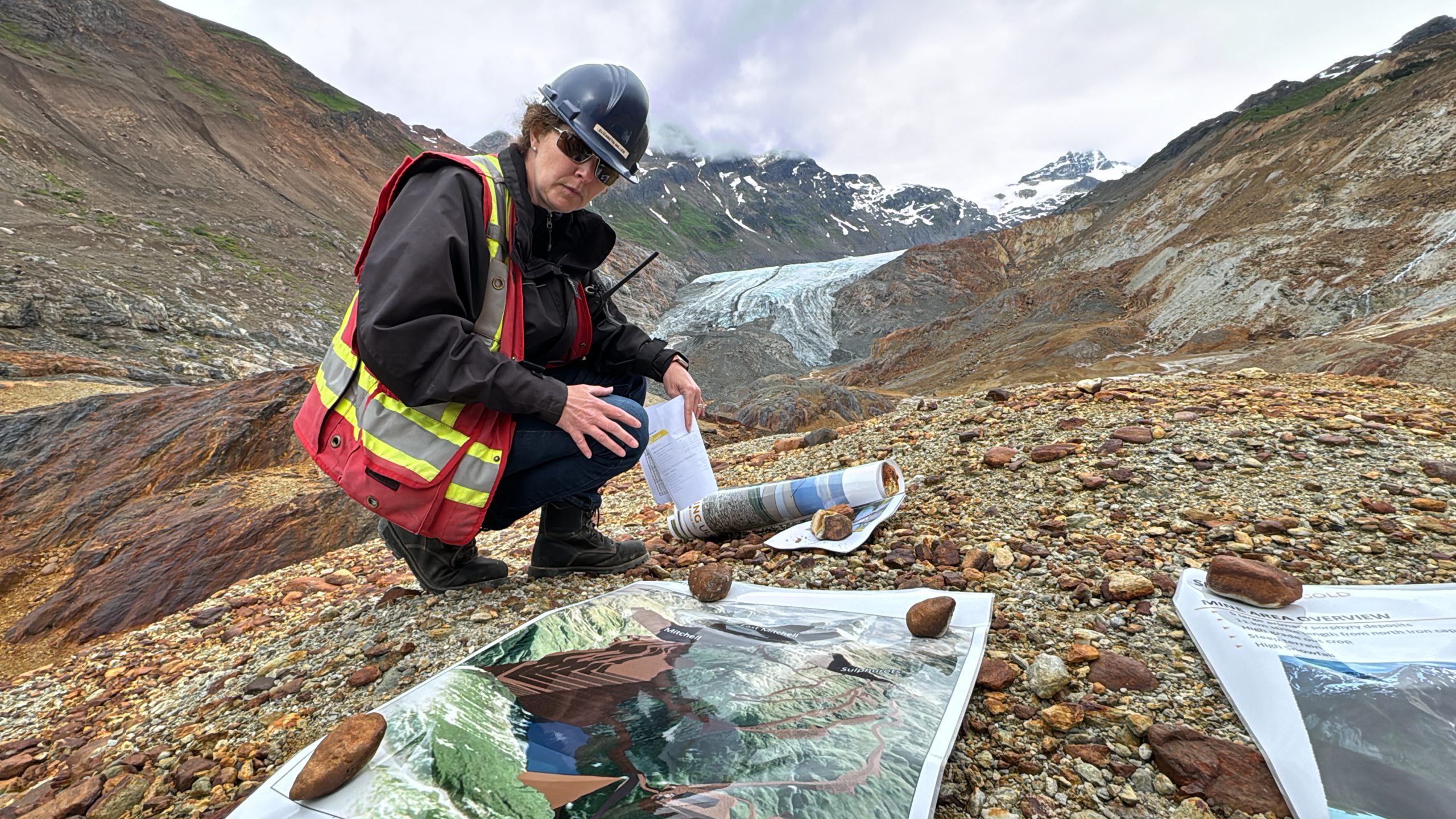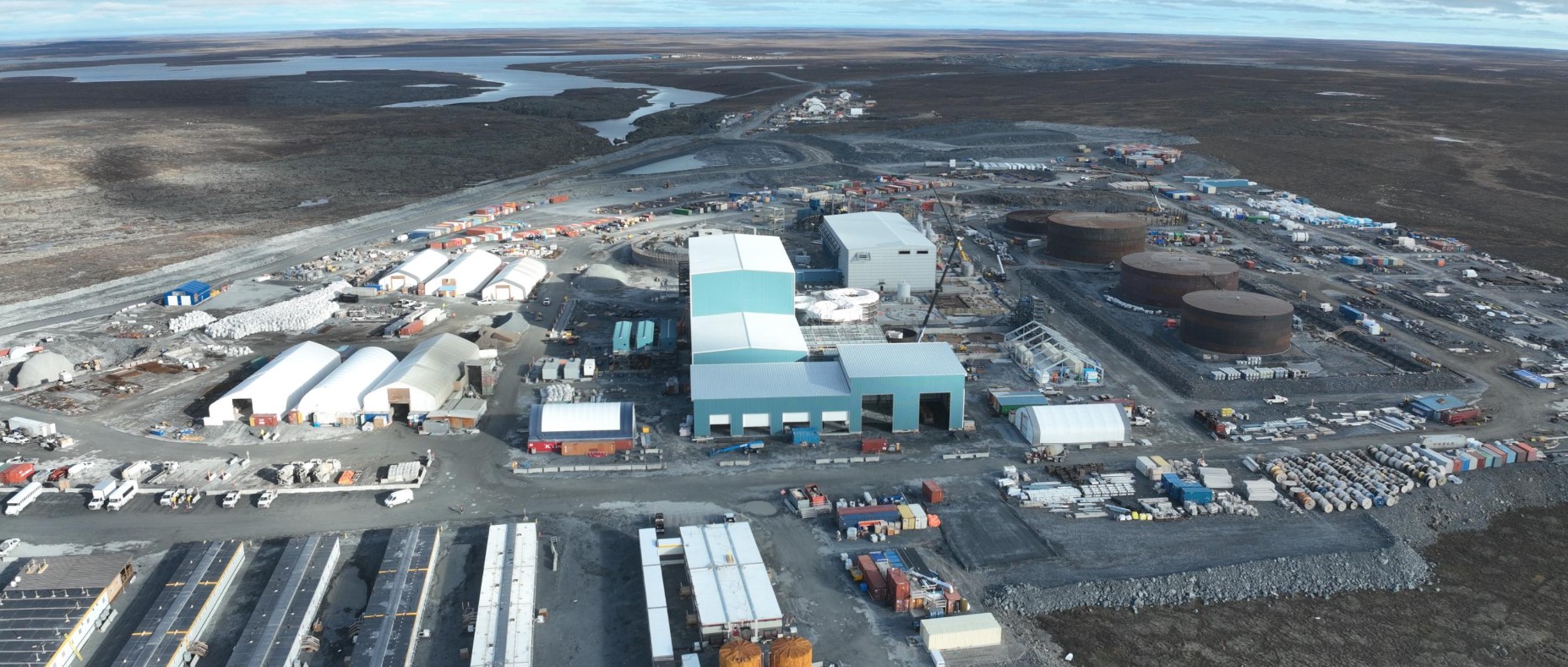What Farmer Jed didn’t realize is that a Candu nuclear reactor isn’t a coal locomotive. Uranium must be processed before it can be used as fuel. While Saskatchewan mines the raw material, Ontario reaps the economic rewards by refining and manufacturing Candu reactor fuel. It’s a reality we can thank former MLA Peter Prebble and the NDP (which governed the province during 1971-82 and 1991-2007) for, with their unfounded fears of radioactive gophers glowing in the Saskatchewan night.
If Saskatchewan’s new modular reactors are not Candu-style, we will have to import enriched uranium fuel from the U.S., potentially paying steep federal tariffs.
Saskatchewan mismanagement
Saskatchewan mines uranium, and Ontario produces Candu reactor fuel domestically. However, Canada does not enrich uranium, meaning that fuel for other reactor types must be imported. It is criminal that Saskatchewan does not participate in the entire nuclear fuel cycle. We should mine, process, utilize and dispose of uranium products within our province. As it stands, we receive only a small fraction of the economic benefits from our most powerful natural resources.
The Canadian nuclear fuel process:
Mining and milling: Saskatchewan is the world’s second largest uranium producer. Mined uranium is milled into yellowcake (U₃O₈).
Refining and conversion: Cameco’s (TSX: CCO; NYSE: CCJ) Blind River Refinery in Ontario converts yellowcake into uranium trioxide (UO₃).
Fuel fabrication: Cameco’s Port Hope facility manufactures Candu fuel bundles but not enriched uranium fuel for light water reactors.
What Canada doesn’t do: Canada does not enrich uranium or produce fuel for light water reactors, meaning those fuels must be imported. (However, Canada only has two small light water reactors for university research.)
Reluctant powerhouse
Saskatchewan is home to the highest-grade uranium deposits on Earth, producing more uranium than any other jurisdiction except Kazakhstan. Yet, despite its dominance in mining, the province appears to have distanced itself from the broader uranium fuel cycle. The high-grade ore extracted from the Athabasca Basin is shipped elsewhere for processing—primarily to Ontario, Europe, and the United States—before being converted into reactor fuel.
Once used, the spent fuel is then disposed of in other countries. The entire uranium lifecycle, from processing to utilization to waste management, is handled outside of Saskatchewan.
This raises a fundamental question: Why does a region so rich in uranium seem so reluctant to embrace its full economic potential?
Political caution
Historically, uranium mining in Saskatchewan has been met with political and public scrutiny. Concerns over environmental impact, Indigenous land rights and nuclear proliferation have influenced policy decisions. Governments have often taken a hands-off approach, allowing mining operations to proceed while avoiding deeper involvement in refining or energy production.
Nuclear power remains a controversial topic in Canada, with strong opposition from environmental groups and communities wary of potential risks. Saskatchewan has long shied away from domestic nuclear energy production, leaving it to provinces like Ontario, where Candu reactors provide a significant portion of electricity.
By limiting itself to extraction, Saskatchewan forgoes substantial economic benefits that come with refining, fuel fabrication and even nuclear power generation. Ontario, for example, benefits from uranium refining and processing at its facilities in Port Hope, securing high-value jobs and revenue that could have remained within Saskatchewan.
Instead of building domestic infrastructure for uranium conversion or enrichment, Saskatchewan has allowed these lucrative steps to take place elsewhere. This has reinforced its status as a raw material exporter rather than a leader in the nuclear industry.
Embrace the potential
With growing global demand for nuclear energy as a low-carbon alternative, Saskatchewan has an opportunity to rethink its approach. The development of small modular reactors could provide a pathway for Saskatchewan to not only mine uranium but also generate its own nuclear power. However, this would require a shift in policy and public sentiment, as well as significant investment in infrastructure.
The question remains: Will Saskatchewan continue to extract uranium while letting others reap the downstream benefits, or will it finally embrace the full potential of its most valuable resource?
If history is any indication, the province’s reluctance suggests the former. But with the world increasingly looking to nuclear power for sustainable energy, there may come a time when Saskatchewan is forced to reconsider its uranium paradox.
Shaun Spelliscy is the founder of Gem Oil, a privately held mineral exploration company based in Regina. Despite its name, the company focuses on exploring for base and precious metals, particularly copper, gold, nickel and lithium, rather than oil.
